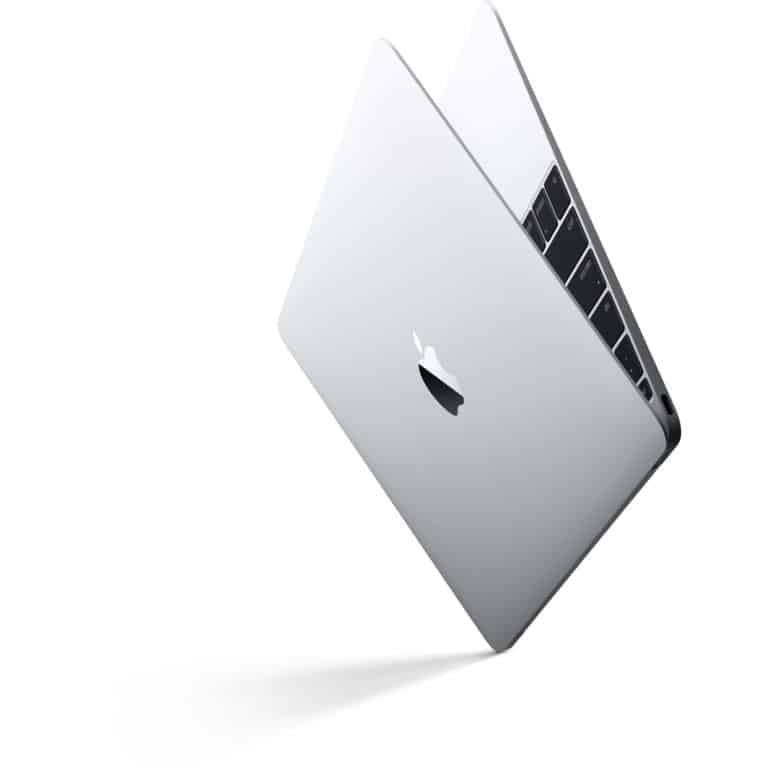As thrilling as new Apple devices are, this week’s surprise hardware updates really screwed the pooch on one important front: product naming.
The “new” iPad Air and iPad mini join a lineup of tablets with a variety of features and price points that will boggle the minds of even the most ardent Apple fanatics.
How did Apple’s naming strategy go so far off the rails? For the sake of the average customer, Cupertino’s once-brilliant branding needs to kick into gear. Because right now, the toxic hellstew of Apple product names is utterly confusing.
Steve Jobs’ four-quadrant grid
When Steve Jobs returned to Apple in the late 1990s, he pared down Apple’s product line to a simple grid. It was a four-quadrant grid with two rows labeled “Consumer” and Professional.” The columns were titled “Portable” and “Desktop.”
Freeing up the best engineers from working on Apple’s confusing quagmire of 1990s products, Jobs insisted that everyone work on just these four categories. Consumer products received the prefix “i,” while “Power” was reserved for professional products. Things couldn’t have been simpler.
What a difference a couple of decades makes. Today, Apple’s product lines are a confusing mess. Nothing epitomizes this more than the convoluted naming conventions. Take yesterday’s iPad launch, for instance. Apple now offers the iPad mini, the iPad, the iPad Air and the iPad Pro.
When first introduced, the iPad Air was the Pro of its day. Now it’s the middle model. The Air’s name is a carryover from the MacBook Air, which introduced a futuristic, slimline design back in 2008.
But the 2019 iPad Air doesn’t sport the latest, coolest design. It doesn’t work with the newest Apple Pencil. It still has a headphone jack, which Apple courageously eliminated from iPhones to make them slimmer. Heck, it’s not even the lightest Apple tablet!
The extent of the Apple product names problem
Things don’t get any better with current iPhone product names. For the sake of sanity, most people just talk about “the iPhone,” rather than using its full product name. But Apple tags on surplus letters like someone fell asleep with their head on the keyboard.
The “X” in iPhone “XS,” “XS Max” and “XR” comes from the Roman numeral 10. Apple insists we pronounce the names like “10S,” “10S Max” and “10R,” although none of them came out on the iPhone’s 10th anniversary. “XS” carries over the “s” naming scheme Apple employed for years, but where does the “R” come from? And why is the “Plus” model now called the “Max”?
The iMac remains mercifully simple in its naming. But Mac laptops certainly make up for that. There’s a MacBook Air and a MacBook Pro. But there’s also a laptop called a MacBook, which is super-slim as well. The Apple Watch is simple enough with its various Series models. However, it’s the only Apple product to employ such a simple naming strategy.

Photo: Apple
Then there’s the HomePod and the AirPods. Both use the “Pod” suffix established for the iPod, but they are very different products. There’s AirPower, too, but it’s seemingly lost in the ether, so we won’t worry about it.
Please sort this out, Apple
Apple has always exhibited superb marketing skills. Cupertino created brand names that became ubiquitous and unleashed marketing strategies that observers still speak of in hushed, reverent terms.
It’s understandable that a global company operating in many fragmented markets would offer more than a handful of products. But Apple’s product naming strategy is beyond broken. It’s a mess of meandering product lines, abandoned naming schemes, and lowercase and capital letters (“iPad mini,” but “iPhone Max”).
This crazy-quilt nomenclature is one thing for tech bloggers who write about this all the time and can grok the intricacies (with only the occasional reference to Apple’s spec sheets). But it’s something else entirely for average customers.
The beauty of Steve Jobs’ four-quadrant grid was that it made clear exactly who each product was for. Today, that’s something that even Apple fans likely struggle with. As much of a fanboy as I am for Apple’s ’90s products, I have no desire to go back to that naming chaos.
Come on, Apple: In a world where all your devices increasingly work well together, can it be so difficult to come up with a naming strategy that doesn’t induce headaches?
It’s time to lose “Air” forever and totally rethink Apple product names. It’s time to err on the side of innovation.
![Please, Apple, sort out your product naming nightmare [Opinion] Jumbled letters](https://www.cultofmac.com/wp-content/uploads/2019/03/Confusing-Apple-product-names.jpg)

